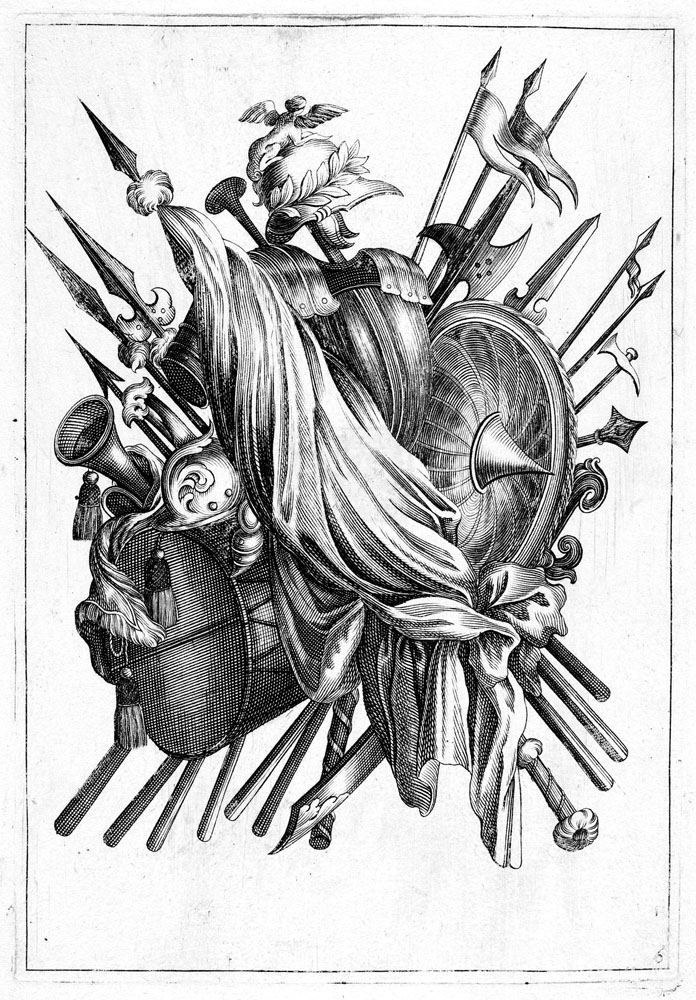Johann Ulrich Stapf - Hans Stercker

It will be a tantalising wait for the Hollstein German series to treat other Augsburg printmakers such as Jonas Umbach and the mezzotints of Georg Andreas Wolfgang for a more comprehensive view. There have been extensive research on books and prints made in Augsburg and among the most useful are the voluminous Augsburger Buchdruck und Verlagswesen: von den Anfängen bis zur Gegenwart, 1997 and Augsburg, die Bilderfabrik Europas: Essays zur Augsburger Druckgraphik der Frühen Neuzeit, 2001. For the personalities involved the Augsburger Stadtlexikon Online is also to be recommended.
The punched ornament prints of Jonas Silber brings us to Nuremberg and the milieu of Wenzel Jamnitzer, skilled metalwork, precious gold and silver, albeit the more typical production. Silber is special as a printmaker for his distinctive Punzenstich or dotted prints, probably both records of designs and patterns for others. From his oeuvre, hitherto little-known owing to the rarity and dispersal of the prints, a coherent and fine group of roundels emerge lettered with initials I.S. and the date 1582, all with mythological subjects and set in fantastic landscapes. The technique was borrowed from the process followed by goldsmiths preparing to emboss a decorative design on a wrought plate with a fine punch, producing a dotted outline. Prints could be made by adopting the same tools and simply setting the dots more closely together to create a continuous effect. There are three similar and contemporary practitioners of dotted prints, all of Nuremberg: Paul Flindt (mostly unsigned but some with the initials P.V.N.[Paulus Vlindt Nürnberg]), Jonas Silber, and Bernhard Zan (with initials B.Z. and often dated or Bern. Zan).
Apart from Johann Ulrich Stapf and Johannes Stephanus (Jonas Silber) this volume contains the work of the following artists: Matthäus Stedelen, Manasse Steinber, Heinrich Steiner, Friedrich Christoph Steinhammer, Franz Benedict Steinhäuser, Matthias Steinle, Hieronymus Steinmann, Caspar Stelzer, Christoph Stenglin, Emmanual Stenglin, Johann Steppich and Hans Stercker.
Published in 2010
Compiler: Dieter Beaujean
Editor: Simon Turner
ISBN: 978-90-77551-85-1
272 pp.

